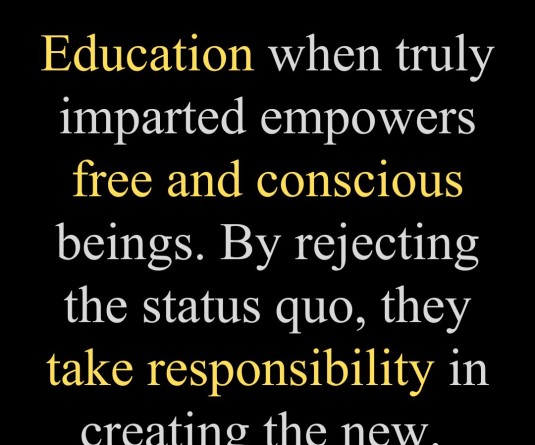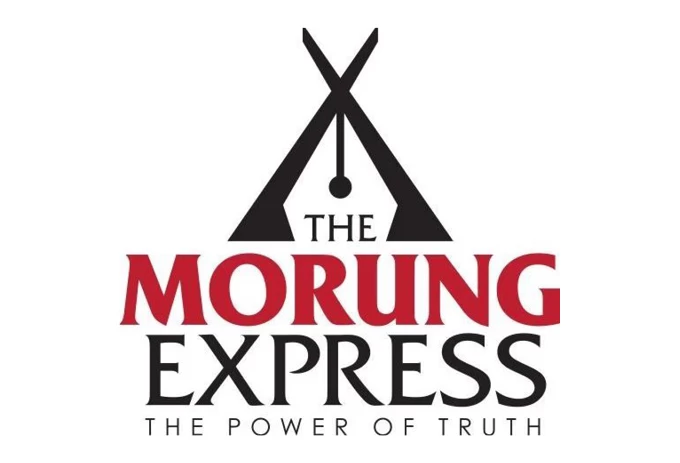
“Nagaland is a Christian state.” “….we are Nagas because we are Christians.” The Christian identity is woven into the Naga identity. Without much historical research or backing you can say that the Nagas are Christians but it would be wrong, rather incomplete, to say ‘Nagas are Nagas because they are Christians.’ This statement is neither here or there. It cannot satisfy any argument, nor substantiate anything much further than the conversion of a majority of Nagas from heathenism, animism to Christianity. The evolution of ‘Nagas’ can be discussed from the rise of nationalism or anthropological studies, archaeology, linguistic connections etc. But if we go into that right now I’ll be taking you into another discourse and therefore perhaps we’ll leave that for another time.
In order to understand the influence of religion on our culture or society I have needed to begin where they began, rather than start somewhere in the middle, because the core of their or our assessment also needs to start from the beginning, I feel. And without grading Christianity according to denominations I will also need to start with the Baptists because they were first missionaries to come to Nagaland, Catholics and other denominations came only after the 1950s. Many articles, books have already been written about evangelization in Nagaland and therefore I do not really want to dwell into the itineraries of evangelism but rather the mechanisms behind it and its influence on us.
The motives for evangelism
This question is perhaps the core of my write-up today. I have not found a substantial reasoning in my readings and perhaps this may never be known now because of different interpretations from different people over the years. So you are not certain if it may have been because of the ‘white-men’s burden’ to civilize and enlighten the different parts of the world from darkness. Or was it the urge to share the gospel to other people? In Mary Mead Clark’s, w/o E.W. Clark (the first missionary to the Nagas), journal she writes: ‘Mine album is the savage breast,
Where darkness broods and tempests rest
Without one ray of light;
To write the name of Jesus there,
And point to worlds all bright and fair,
And see the savage bow in prayer,
Is my supreme delight.’
We were fierce ‘savages’ who practiced head-hunting and upon the colonizer’s eye most primitive, internecine tribes who were as violent among ourselves as we were to their neighbours. The British administration’s policy tried to meddle as little as possible in the ‘native’s ways and customs, administering instead by indirect rule over the people. Although some British officers thought of bringing education to the Nagas, together with religious conversion, in light of cementing the line of defence along the eastern border to Burma and China it was rejected by the Crown and left instead to interested parties. The early missionaries who came, like Clark and his wife, were prohibitionist, puritanical Baptists from America. Eaton described the Baptists as, “in strongly moral terms and consequently saw conversion as a conscious moral turnabout.” (Eaton 1997:246).
The Baptist missionaries adapted the method of the colonizers in order to expand their influence by recruiting local or native missionaries to assert their interests. Like indirect rule, these native missionaries became their representatives who performed the ‘groundwork’. But although envisaging a Christian identity for the Nagas, they looked down on the local culture, especially the local beliefs in the same perspective as that of the British colonials. If Colonel Woodthrope said: “The Nagas in general have very vague ideas of religion or of a future state” in 1882 then the above poem was what Mary Clark wrote in her journal.
Conversion
It was not until years later after the missionaries had arrived in the Ao region, that the natives converted to Christianity. Some changes that came from conversion to Christianity, the natives were discouraged to practice community activities like Feasts of merit and Morungs by the missionaries. Head-hunting was prohibited by the British colonizers but they had not restricted other activities which did not effect their rule. Discouraging community activities also lead to a new form of individualism among the new converts. In what form these practices of local culture could have effected Christianity there is no substantive argument. Sacred stones, trees from the heathen beliefs were desecrated or uprooted. In Mary Clark’s journal she wrote, “I met old Mopoimba scolding and storming through the village, saying he had never seen things on this wise before. He couldn’t get any one to carry his live pig to the harvest field; it must be killed first; even his own boys (two were among the reformers) would not serve him.” Sometimes I wonder, what they inevitably overlooked was the understanding the culture of the Nagas. She would refer to the natives as ‘savage worship’, ‘savage in custom and at work.’
Teetotalism was strictly enforced as according to Puritanical Baptist beliefs and although this is not advocated in the bible their interpretations gave way to this. Even love songs were not sung anymore because of their non-Christian origins and the oral traditions of which Nagas practiced, having no written script was hushed up. The longer the Christian church stayed in a village the less knowledge of the old culture became more pronounced. The converts were encouraged to adopt western dress besides practicing teetotalism.
The missionaries induced fear into the new converts to keep them from going back to the old beliefs by depicting the horrors of hell and the suffrage of the soul in eternity if they did not convert or strayed away. They would also encourage the converted ‘natives’ to evangelize their neighbours, attributing the Nagas with a pioneer role to evangelize the rest of Asia. And to us, it is like a fulfillment of obligation and also as a burden of being ‘Christian’.
Summary
My question is: What is Christianity? And can culture and religion co-exist?
Evangelization, it seems, was introduced through the eyes of a denomination within Christianity, being predominant among the Nagas for a long period before other denominations came. The missionaries did a lot of good as well, bringing up the Naga literacy rate above the Indian tribal regions. They ‘civilized’ us. But as I said before, it would be incomplete to look only through the Baptist denomination’s views as Christianity as it would to embrace Christianity as a pan-Naga identity. As it is we acquired the religion, it is was not inherent in us. One will need to question or find the core of Christianity to identify ourselves within that realm. And on another quest, while finding how authentic Christianity embraces culture, people, race or colour, we will also ask: Can culture and religion co-exist? In our case, an acquired religion. What is important with culture that embodies our person and what of religion that contents our spiritual needs? When these have been suitably answered, perhaps we can slowly untangle ourselves from prejudice or legalistic religion.





